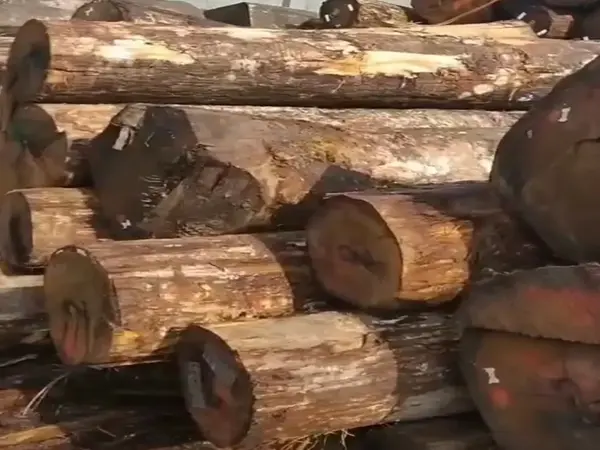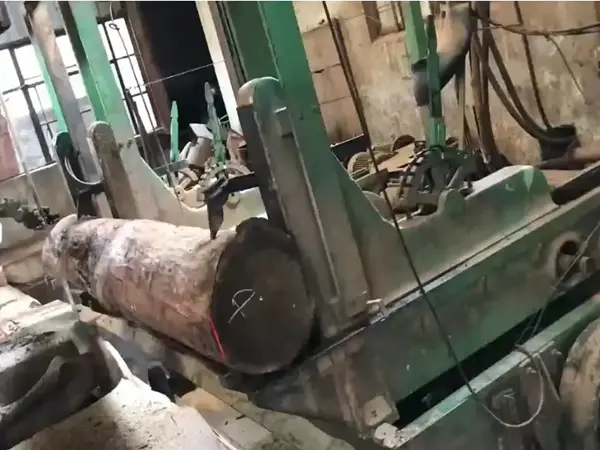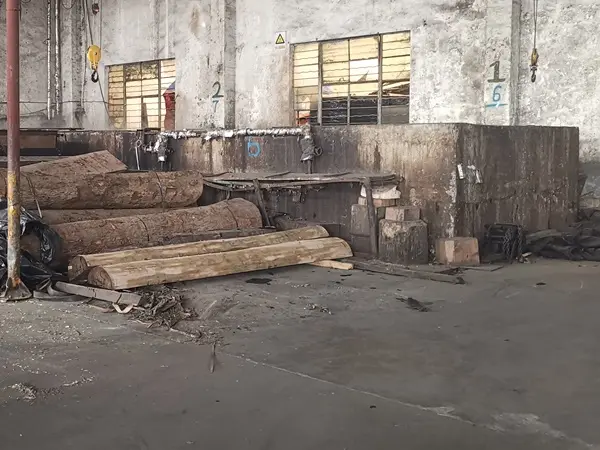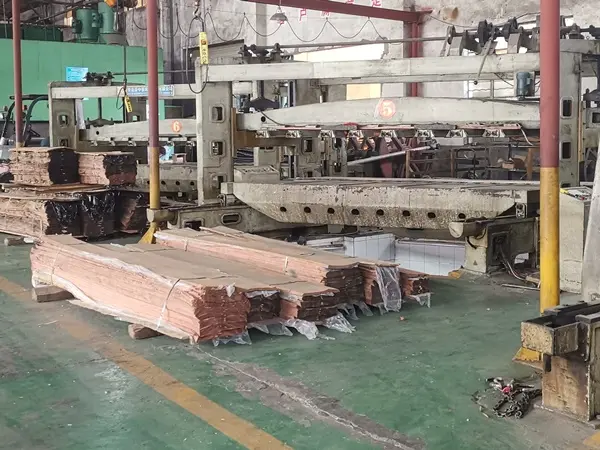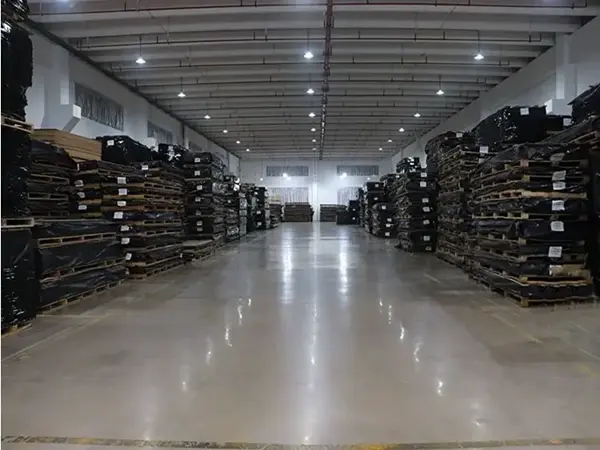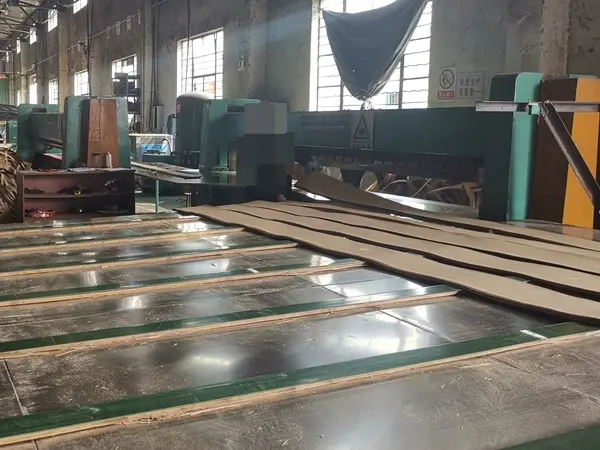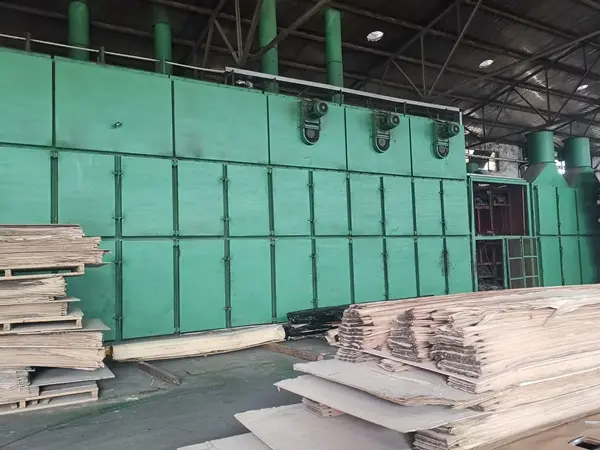Elegance in Every Grain: Premium TEak Veneer
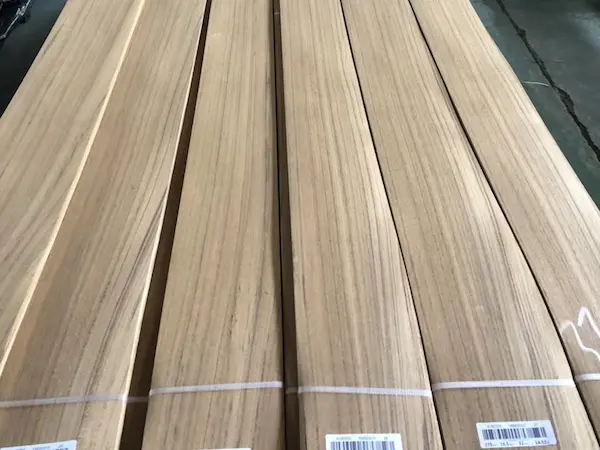
Burma Teak Veneer
Description:
Teak veneer is highly valued for its rich brown color and natural oils, which make it both durable and resistant to moisture. Its luxurious look and feel make it perfect for upscale interiors and furniture pieces.
Features:
- Rich, golden-brown to dark brown color
- Naturally resistant to moisture and decay
- Fine grain with a smooth, elegant texture
- Ideal for high-end furniture and cabinetry
Product Parameter:
Name | Natural burma teak veneer |
Grade | AAA/AA/A/B |
Size | under 1000-1950mm/2000-2450mm/2500-3500mm |
Moisture content | 12% |
Thickness | 0.1mm/ 0.2mm/ 0.3mm/ 0.5mm/ 1mm |
Usage | Furniture, Floors, Wall panels, Decoration projects |
Packing | Plastic + Card board |
Veneer Photos:
Due to the characteristics of natural logs, different batches of veneer will have different pattern and colors.
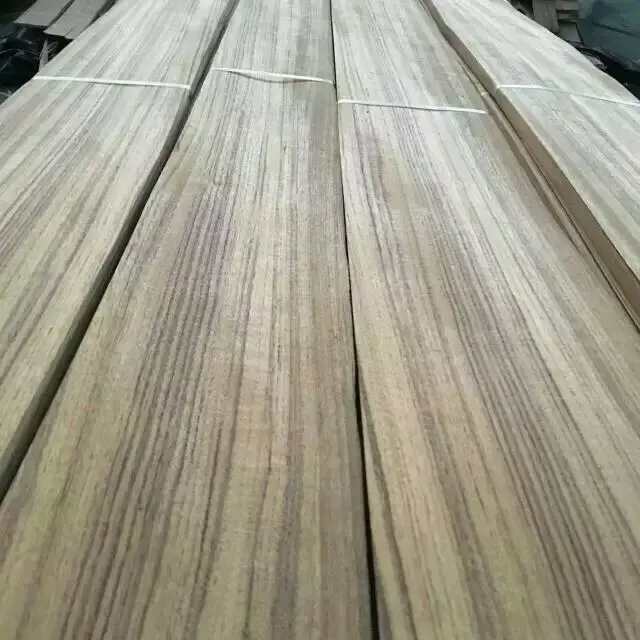
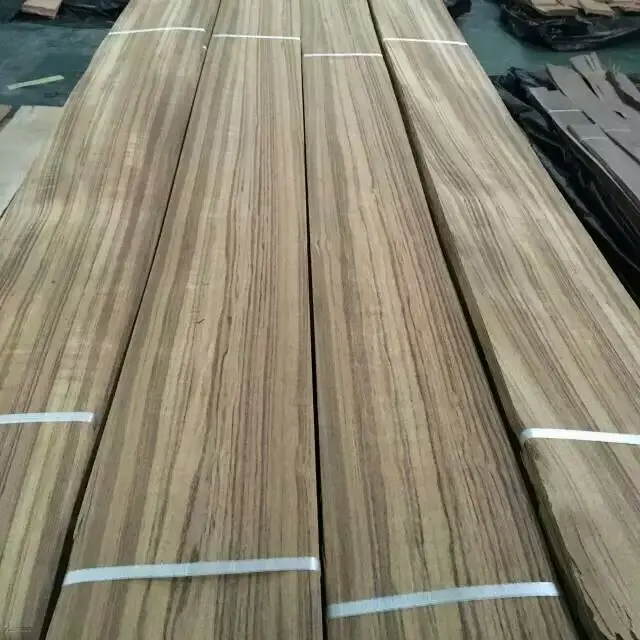
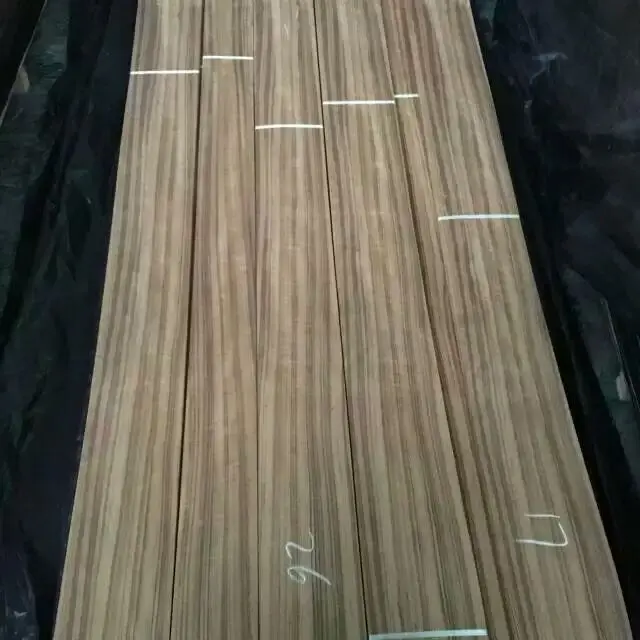
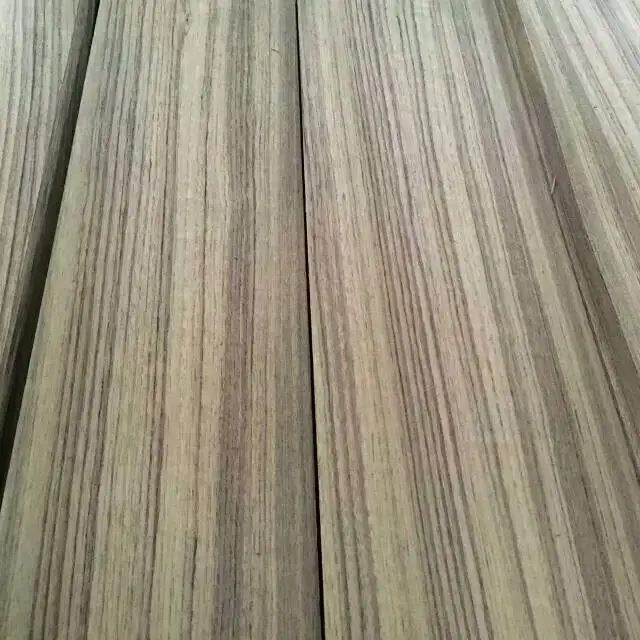
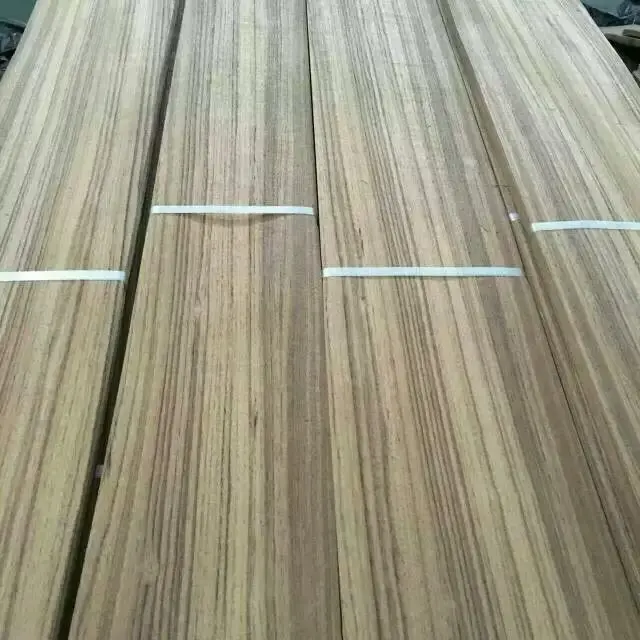
Production Flow and Process:
The veneer production process involves precision and craftsmanship to create high-quality sheets from natural wood logs. Below is a detailed outline of the steps involved:
1. Log Selection
Description:
Carefully selecting premium-quality logs is crucial for producing top-notch veneers. Each log is inspected for size, grain pattern, color, and defects.
Key Steps:
- Identify suitable tree species, such as walnut, oak, or teak.
- Evaluate the grain consistency and log condition.
- Mark and cut the logs to the desired length.
2. Log Preparation
Description:
Logs are processed to make them suitable for veneer slicing or peeling.
Key Steps:
- Debarking: Remove the outer bark to expose the wood.
- Soaking or Steaming: Logs are soaked in hot water or steamed to soften the fibers, enhancing slicing precision and reducing cracks.
- Cutting into Flitches: Logs are split into manageable sections for slicing.
3. Veneer Cutting or Peeling
Description:
This step determines the final veneer appearance and grain pattern.
Key Methods:
Rotary Cutting:
- The log is rotated against a blade, producing continuous veneer sheets.
- Ideal for plywood and large-panel applications.
Slicing:
- The log is mounted and sliced into sheets using a stationary knife.
- Produces flat-cut, quarter-cut, or rift-cut veneers, emphasizing unique grain patterns.
Half-Round Cutting:
- Combines rotary and slicing methods for distinctive patterns.
4. Drying
Description:
Freshly cut veneers contain moisture that must be reduced to prevent warping and ensure stability.
Key Steps:
- Veneers are passed through drying machines, such as roller or belt dryers.
- Moisture content is reduced to an optimal level, usually 6-12%.
5. Trimming and Grading
Description:
Veneers are trimmed and sorted based on quality, grain, and color uniformity.
Key Steps:
- Trimming: Rough edges are removed, and sheets are cut to standard sizes.
- Grading: Veneers are categorized into grades (A, B, or C) based on appearance and defects.
6. Surface Treatment
Description:
To prepare veneers for final applications, their surfaces are treated for smoothness and consistency.
Key Steps:
- Sanding the veneer surface to remove imperfections.
- Applying finishes or coatings (if required) to enhance durability and aesthetics.
7. Packaging and Storage
Description:
Finished veneer sheets are carefully packed to avoid damage during storage or transit.
Key Steps:
- Veneers are stacked with separators to prevent scratching or bending.
- Sheets are wrapped in protective materials and labeled for shipment.
8. Quality Control
Description:
Every stage is monitored to ensure consistency, durability, and premium quality.
Key Checks:
- Inspect grain alignment and surface smoothness.
- Check for defects such as cracks, knots, or discolorations.
- Ensure dimensions meet customer specifications.
9. Delivery to Customers
Description:
Once quality assurance is complete, the veneers are shipped to customers worldwide, ready for use in furniture, cabinetry, or decorative applications.
